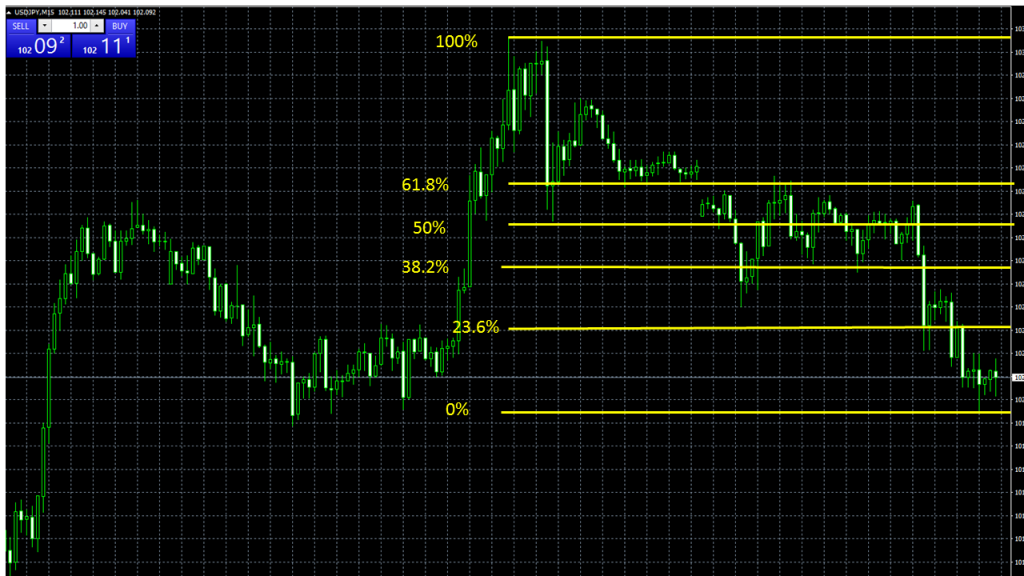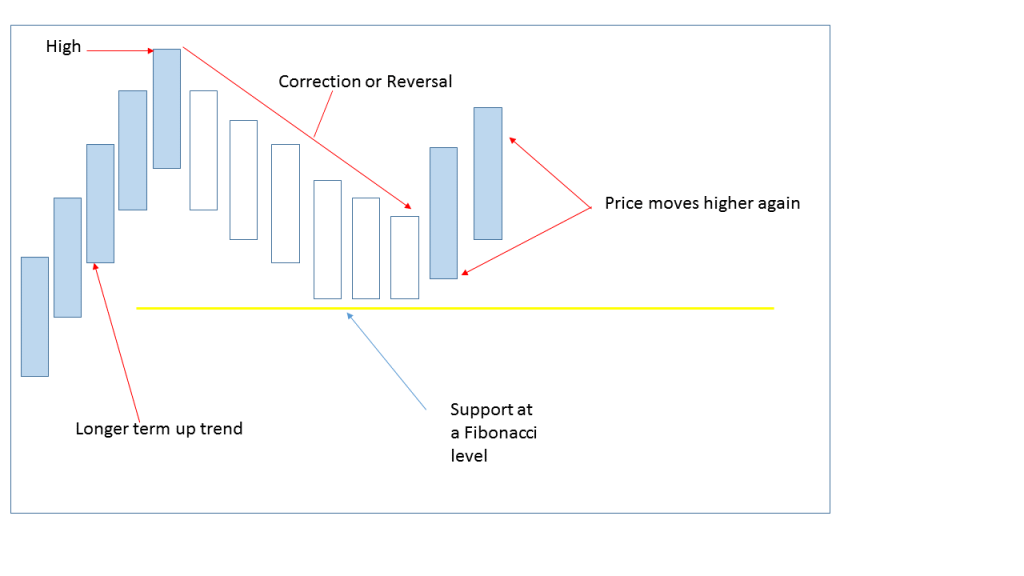27.02.2017
Fibonacci Trading – Math or Mysticism?

Trading the markets is all about maths – that is to say it involves numbers, equations and ratios. This is particularly true if you trade the markets using Technical Analysis, or if you statistically analyse macroeconomic and fundamental data. Traders are always looking for patterns, particularly those that occur frequently and are recursive or repeating and self perpetuating if you prefer. Therefore a pattern or sequence which fulfilled these criteria and appeared to be baked into both nature and the markets would be their holy grail.
According to a large section of the market just such a sequence exists!
Medieval genius
Leonardo Bonacci known as “Fibonacci” was an Italian mathematician who lived in 12th & 13th century Pisa. Often described as the most talented European mathematician of his day. He is credited with popularising the use of the Hindu / Arabic numeral system in western Europe. This replaced the cumbersome Roman annotation that was widely used up to that point. The use of the Hindu / Arabic numeral system would ultimately revolutionise maths and every other numerical discipline. But this not why Fibonacci is widely remembered today. In his famous work “Liber Abaci “ published in 1202. Fibonacci identified a mathematical progression that explained the growth in rabbit populations and which was later found to be present in many other natural systems. This number sequence in which each constituent is derived by the addition of the previous two numbers in the series, would come to be known as the Fibonacci sequence. An example of which is set out below.
1, 1, 2, 3, 5, 8, 13, 21, 34, 55, 89, 144, 233, 377
Whilst Fibonacci did not specifically mention it in his text, later mathematicians identified the fact that this sequence closely matches the proportions expressed in the “Golden Ratio”.
Which can be found throughout nature and whose proportions are thought to be the most aesthetically pleasing or beautiful. Its is for this reason that the progression has struck such a chord for the last 800 years.
Maths and or Mysticism ?
There is much debate about whether the Golden Ratio and Fibonacci numbers have any genuine relationship to abstract concepts such as the financial markets. Another school of thought suggests that the Golden Ratio is embedded in our subconscious and it’s this that is reflected in our interpretations and recognition, when Fibonacci sequences appear in Forex and other charts. That debate will continue to rumble on unresolved. What is clear however is that many investors and analysts use Fibonacci to inform their trading decisions and to set stop losses, take profit and order entry points.
A trading tool
Blackwell Trader MT4 our trading platform comes complete with many chart studies built in. Including tools that apply Leonardo Fibonacci’s much vaunted sequence.The platforms charting functionality is available to both live and demo account users. The demo account simulates real market trading conditions for clients to hone their trading skills and familiarise themselves with the platform functionality without risking any real money.
Fibonacci charts
To apply a Fibonacci retracement study to a chart drawn on Blackwell Trader MT4 simply click on “insert “ in the toolbar at the top of platform window and select Fibonacci in the drop down menu that appears. Then select “retracement” the drawing tool will appear in your chart. (the icon is a + symbol above 4 horizontal lines). Grab the icon move it to the top or bottom of the trend you wish to apply the study to and expand the study by dragging your mouse / the icon up or down as required.
To remove a Fibonacci study from a chart in Blackwell Trader MT4. Simply right click within the main chart window, select object list and in the dialogue box that opens tick the box labeled ”Fibo” (this should now be highlighted). Then select “delete” from the options on the right hand side of the dialogue box, followed by “close” and the study will have been removed.
Interpreting Fibonacci charts
The use of Fibonacci levels in Technical Analysis is most often associated with a trend reversal and potential retracement levels, that may be attained as a result of that trend reversal.
The Fibonacci levels in a potential retracement are calculated using a set of predefined percentages which are themselves a function of the division of the values in the Fibonacci sequence.
For example if a number in the Fibonacci series is divided by the next highest number in the series, then the result approximates to a number that is 61.8% of the original value.
Moreover if you divide the original value by the number that is two places higher in the sequence, then the resulting answer approximates to a number that is 38.2% of the original value and so on.
The potential retracement levels highlighted on a chart when we apply a Fibonacci study are found at 61.8%, 50%, 38.2% and 23.6% from the high or low point of the original move or trend.
Traders who use Fibonacci studies believe that these levels indicate areas of interest on a chart that the price of an instrument, such as Forex pair undergoing a reversal, may move back to. Traders will use other tools and indicators to confirm a trend reversal. Perhaps looking for a series of lower highs and lower lows, that coincides with a high RSI or Relative Strength reading for example in the case of a failing uptrend. The Fibonacci retracement levels can be used as potential downside targets if the trend reversal is confirmed.
We can see an example of these Fibonacci levels on the chart below (USD JPY1 5 min) the yellow lines denote the respective potential retracement levels from the near term high in Dollar Yen annotated by the line at 100%.
JPY USD15 min chart with Fibonacci study applied
Please note that if the price of Dollar Yen moves back to the 61.8% line – then that would be considered to be a 38.2% retracement (38.2 + 61.8 = 100 or 100 -38.2 = 61.8)
Using Fibonacci
Fibonacci levels can used to alert traders to potential areas of interest or possible price targets, as and when the price of instrument reverses course. Whether to the up or downside. They can also be used to highlight the end of a counter trend move or correction.
For example if the price of an instrument bounces away repeatedly from a specific Fibonacci level, having previously retraced from the prior high or low. Then this level or area, could be considered as support or resistance, depending on which direction the counter trend move was in.
A simplified example of this type of price action can be found in the image below. Which depicts a price uptrend that reaches a near term high. From where the price enters a short term correction. The price then subsequently moves lower but finds support at and around a Fibonacci level, as indicated by the yellow horizontal line. From where the price starts to move higher once more.
Though the real world is not quite as predictable as this example, it serves to show the role that Fibonacci levels can play. The bounce from the Fibonacci level could be viewed as the signal to close a short trade (sale) opened at, or soon after the near term high. Or as opportunity to open a new long (buy) trade in the expectation of the price rising once more.
To experiment with Fibonacci Trading and Fibonacci studies in a risk free environment simply open a demo trading account and download the Blackwell Trader MT4 platform. When you are ready you can always move to a live trading account make a deposit and start Fibonacci Trading in the real market.
Back to Previous Page >>


